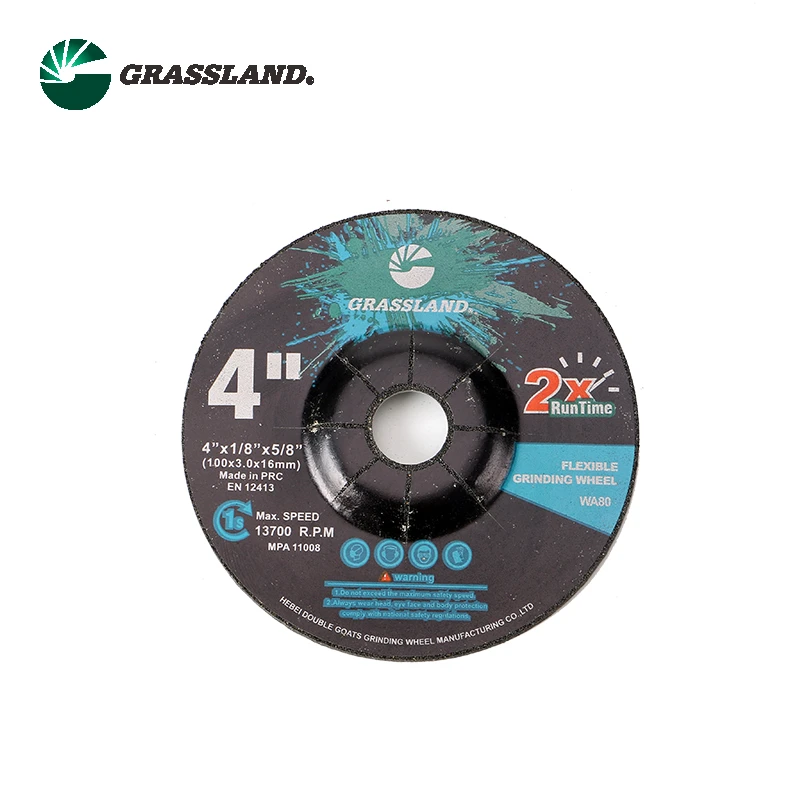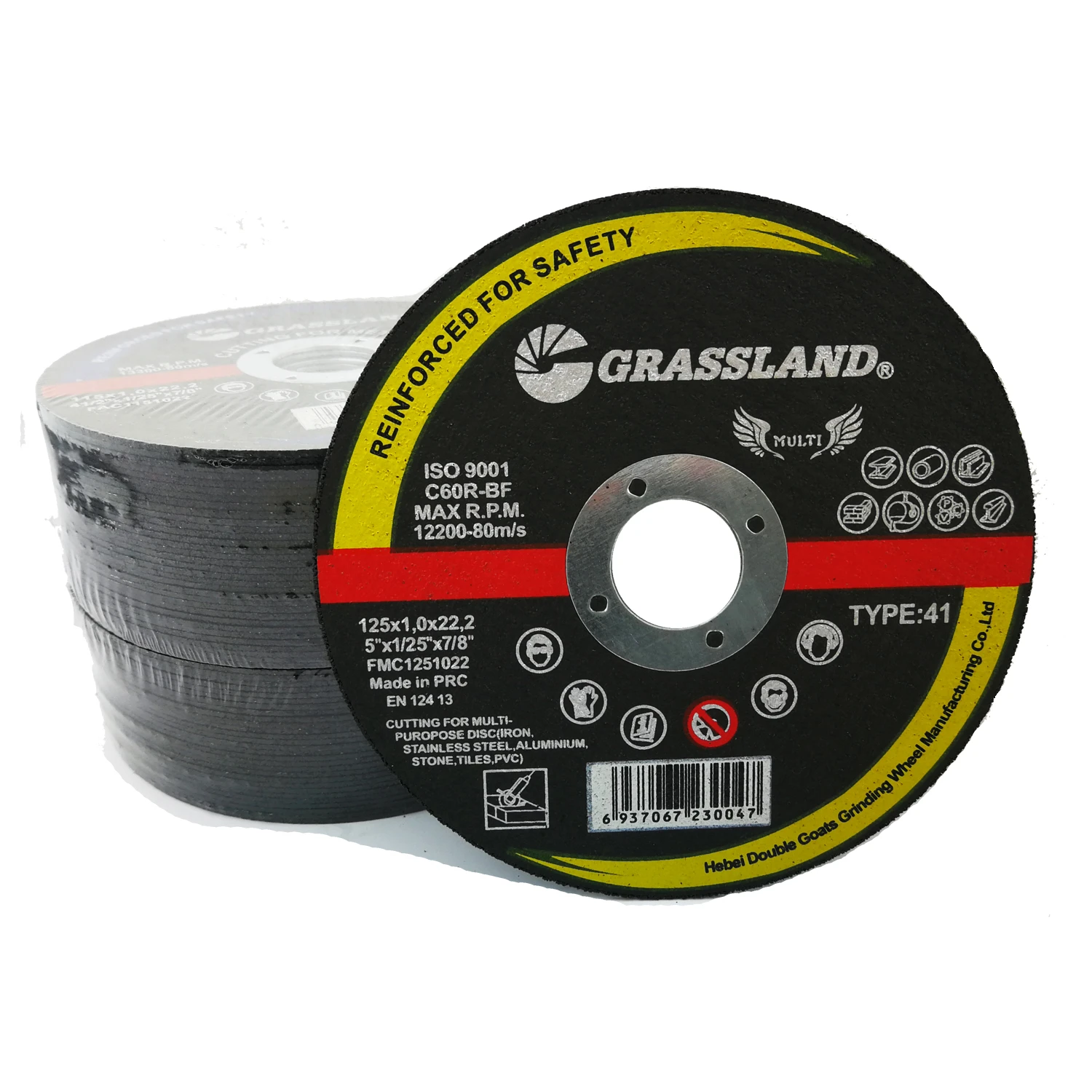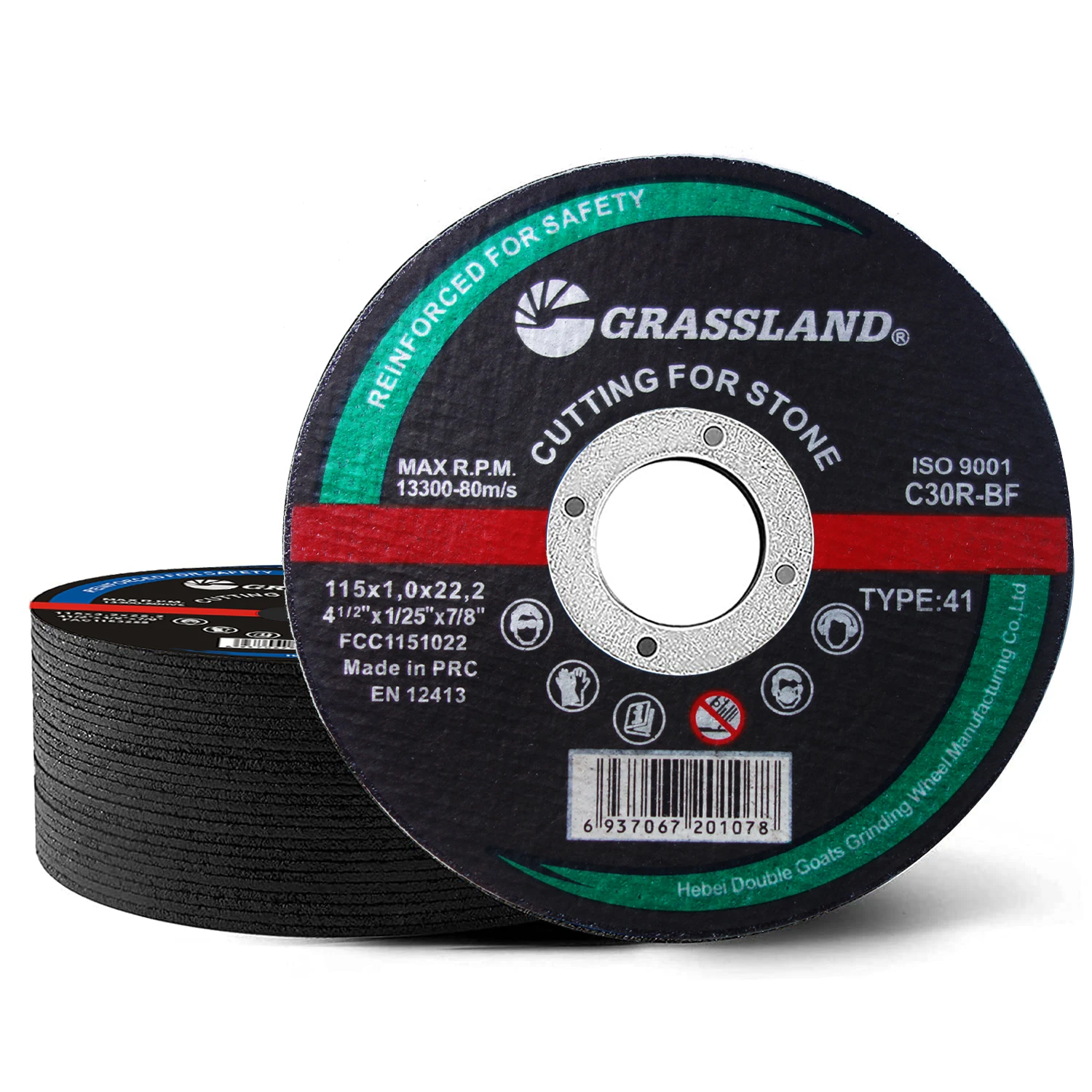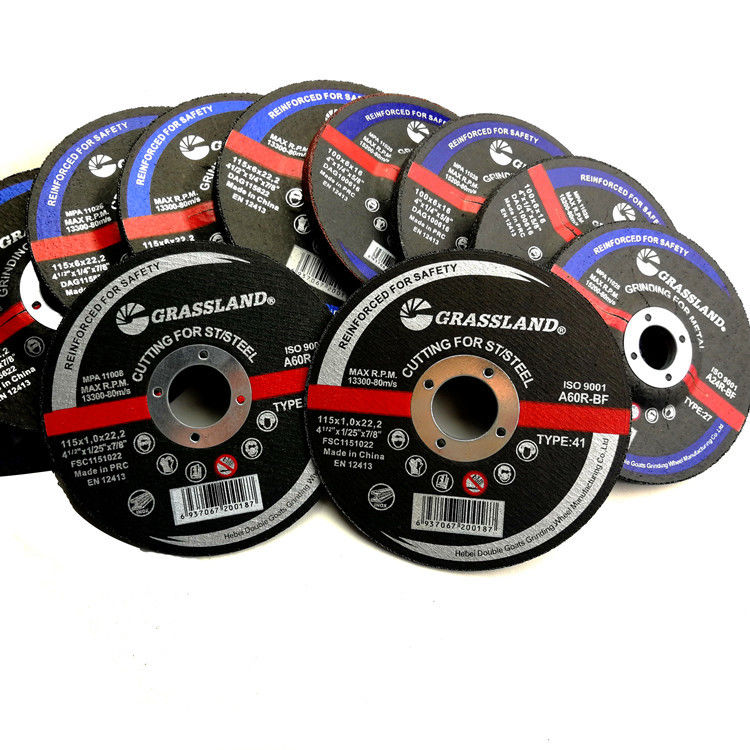

Drawing from my extensive experience in construction and material cutting, it’s clear that metal discs are not advisable for stone applications. Using the correct equipment aligns not just with safety practices but also with achieving professional-grade finishes. Diamond blades, while often more expensive upfront, are cost-effective over time due to their durability and efficiency. An anecdote from a recent project emphasized this lesson. A colleague attempted to cut limestone, a relatively soft stone, using a metal disc due to its availability on-site. However, within minutes, the disc was visibly degrading, and the resulting cut was far from smooth. Switching to a diamond blade not only restored cutting precision but also enhanced safety on site, as the blade stayed cooler and there was less airborne dust. For anyone contemplating stone cutting, investing in the right disc isn’t merely a matter of convenience but of ensuring the best outcome for your project and the safety of your surroundings. Always assess the type of stone you are working with and select a diamond blade with an appropriate grit and design for your specific needs. Most importantly, ensure that the operators are skilled and understand equipment safety protocols. This involves wearing the proper safety gear, including masks and goggles, to protect against the fine dust and potential fragments. Training in the use of specific grinding or cutting tools will improve project efficiency and, critically, operator safety. In summary, while it might be tempting to cut stone with a metal disc due to accessibility or cost, the reality is it can compromise both the safety and quality of your work. Diamond blades remain the industry standard due to their durability, precision, and safety features, proving to be a reliable investment for both amateur and professional stonemasons. Prioritizing the use of proper equipment not only ensures the safety of operators but also guarantees the quality of the finished product.
Post time:Feb - 07 - 2025

















